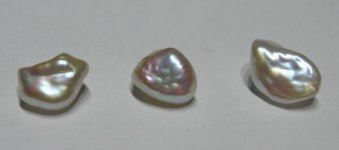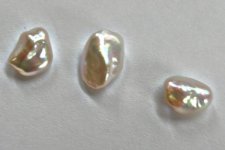S
skyflyer3
Guest
After reading a few posts about orient, I'm curious as to how one purchases a strand of pearls with strong orient. I understand that Freshadama may be the obvious choice for consumers, but if I'm on a budget and don't want huge (>8mm), perfectly round pearls, where do I go? Thanks....


